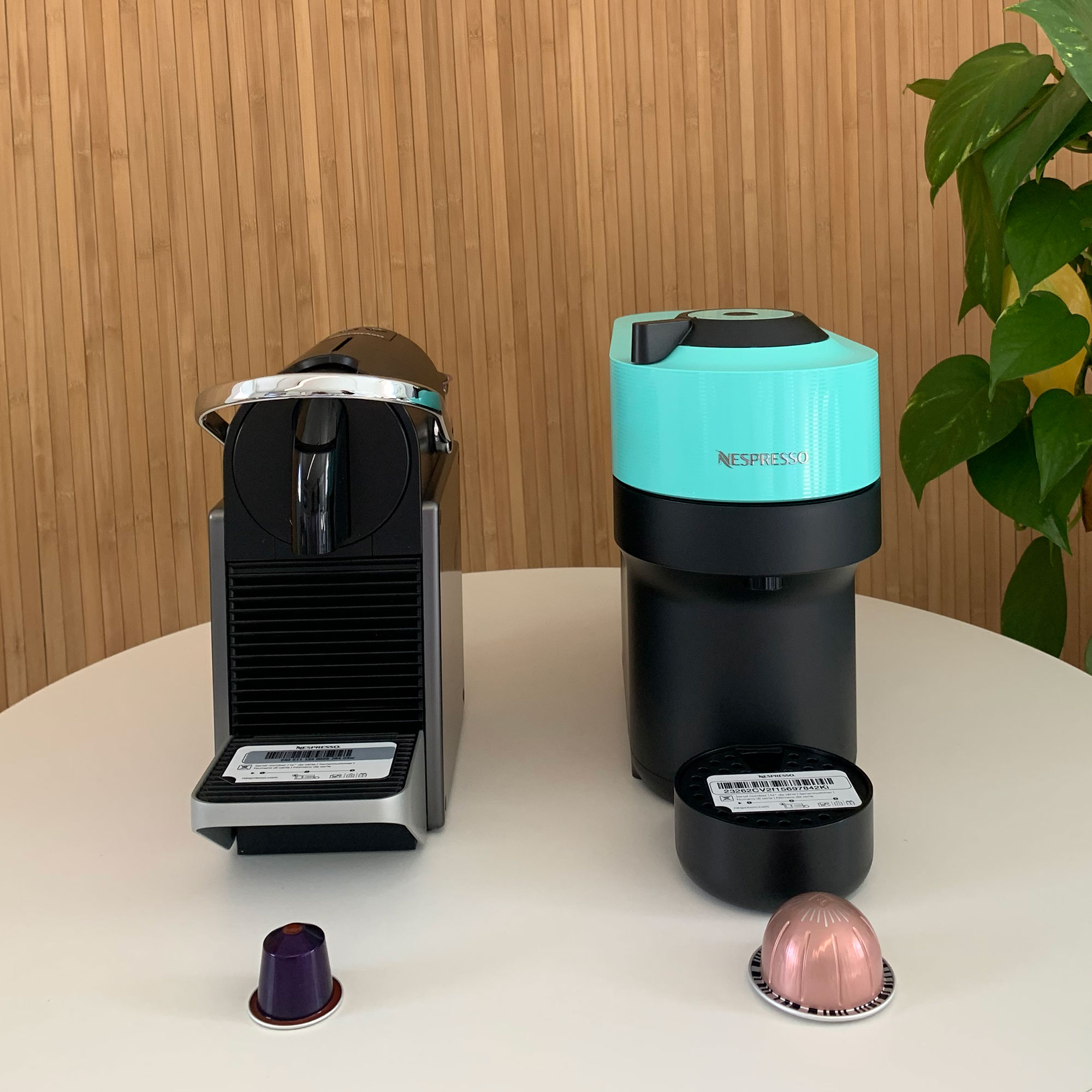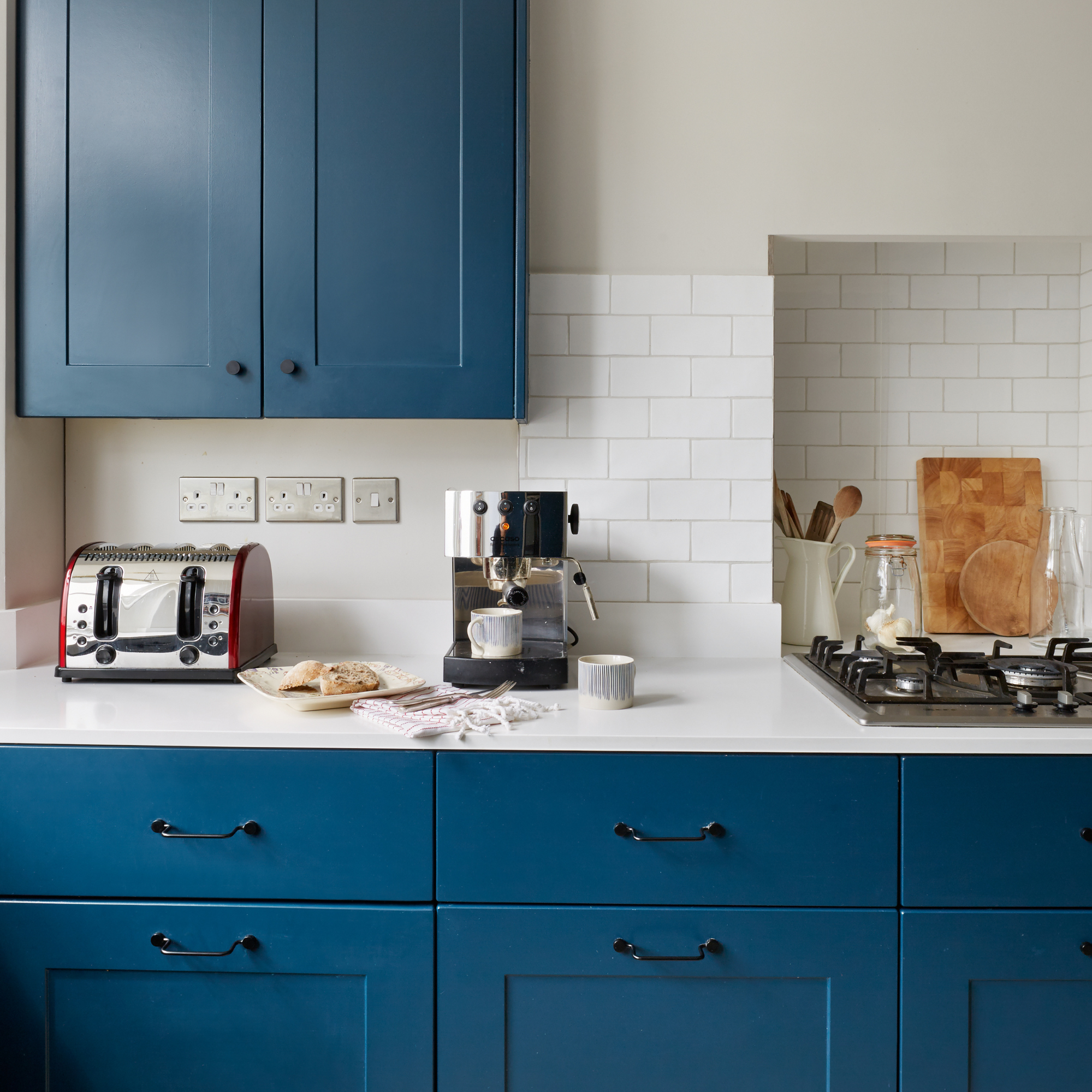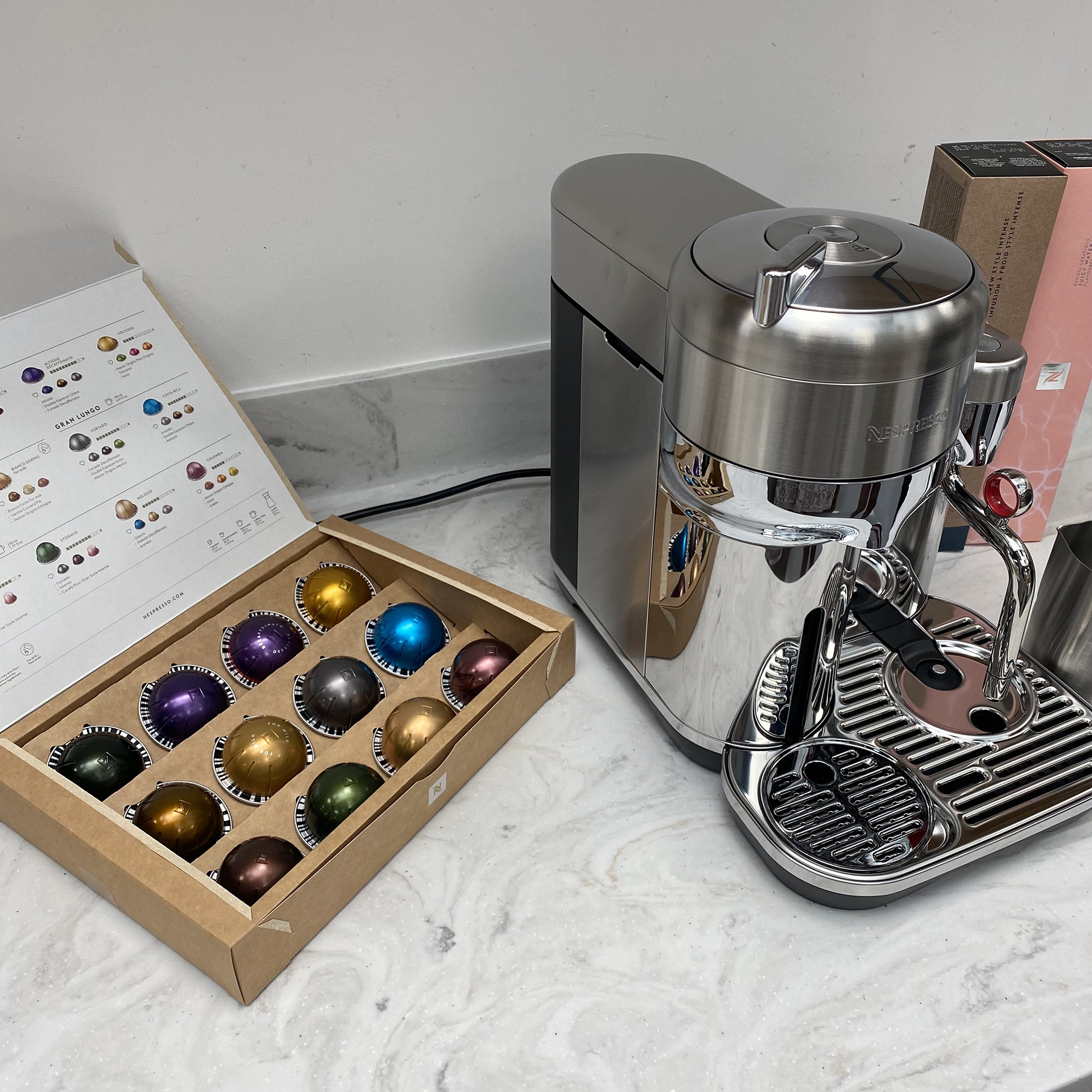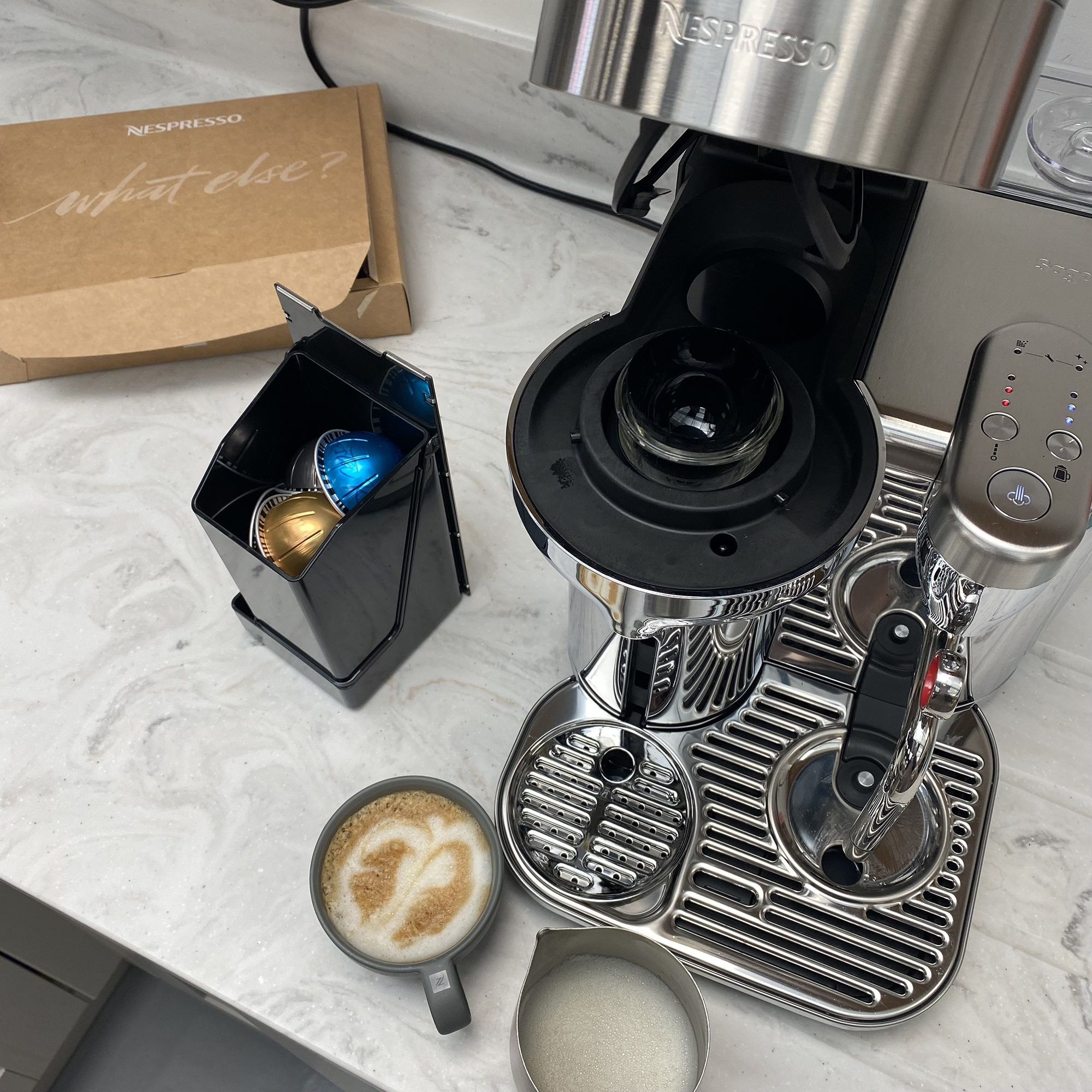
For anyone that lives in an area of hard water, you’ll already know the importance of giving your kitchen appliances a descaling - but are you giving your Nespresso machine the same treatment?
Ranked as one of Ideal Home’s best coffee machines, a Nespresso machine is a little kitchen luxury - which is all the more reason why it deserves a little extra tender love and care.
You don’t have to descale your Nespresso machine as often as your kettle - which is every month - instead, it is recommended that you descale a Nespresso machine once every three months.

‘Ideally, look to descale your Nespresso machine once every three months or after using 300 capsules, whichever comes first. This gives you the best chance to look after your appliance and ensure you’re looking after its hygiene and longevity,’ says Isabella Forgione, coffee machine expert at AO.com.
Your Nespresso machine may even let you know when it needs a descaling.
‘A convenient descale indicator light is included with the majority of Nespresso machines,’ says Forrest Webber, founder of Bear Brothers Cleaning.
‘As it begins to flicker, your machine is telling you, ‘Hey, buddy, I need a cleanse!’ Ignoring it would be like ignoring your car's check engine light; you could do it, but it would only lead to disappointment.
‘Therefore, when your machine cries out for some descaling love, don't ignore it.’
But why do we need to descale it in the first place?

Why do I need to descale it?
‘Picture this - your Nespresso machine, working tirelessly every day to brew your liquid motivation while accumulating unwanted baggage,’ says Forrest.
‘And by baggage, I mean limescale and mineral deposits—gross. Over time, these deposits can mess with your machine's flow and temperature, making your coffee taste less ‘barista-level amazing’ and more ‘lukewarm disappointment’.
‘Enter descaling, the spa day your Nespresso didn't know it needed.’

How to descale your Nespresso machine?
Nespresso has a handy guide on descaling their machines, but Forrest has provided a simple explanation on how to descale your Nespresso machine.
‘Grab a Nespresso descaling kit or a universal descaling solution,’ he says.
‘Empty out any used capsules, and dump out that drip tray—it's not doing anyone any favors being full. Make sure the water reservoir is empty, too. Imagine this as clearing the stage for the grand descaling performance.
‘Pour the descaling solution into the reservoir, then add clean water (usually about 500 ml, but check your descaling solution for details)
‘Depending on your model, you must put your Nespresso in descaling mode. If you're not sure how to do this, your manual is your best friend (or just Google it, we've all been there).
‘Place a large container under the spout—trust me, you'll want something big enough to catch all that solution. Let the descaling cycle run.
‘You'll see the descaling solution flowing out, along with all the gunk that's been clogging up your precious caffeine machine. It's oddly satisfying, like your Nespresso is shedding its old scales (limescales, that is).
‘Once the solution is done working its magic, refill the water reservoir with fresh, clean water and let it run through the machine again. This rinse cycle is crucial unless you're in the mood for a chemical-flavoured espresso.’

FAQ's
How can I tell my Nespresso machine needs descaling?
If you feel like your Nespresso machine is due a descaling before it’s three months is up - don’t worry, your machine will tell you when it needs to be descaled. Look out for the descaling light to flash green and red - this means you only have several coffees before a mandatory descaling is due.
More classic signs to look out for is if your coffee develops a bitter or dishwater-like taste, your coffee doesn’t come out hot, you can actually see limescale or your machine starts making an abnormal noise.
The Nespresso descaler is easy to use and powerful - specially designed for your Nespresso machine.







